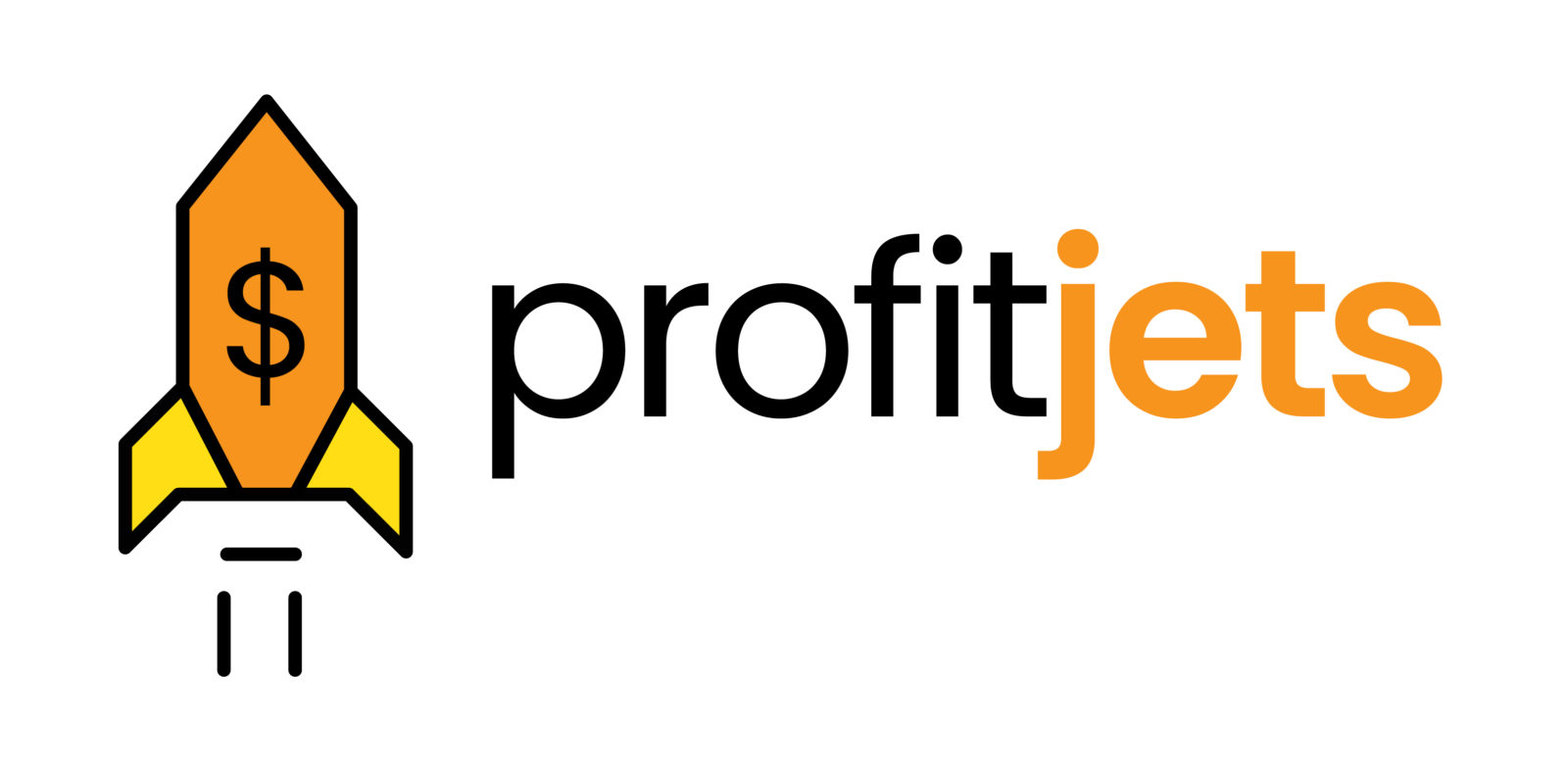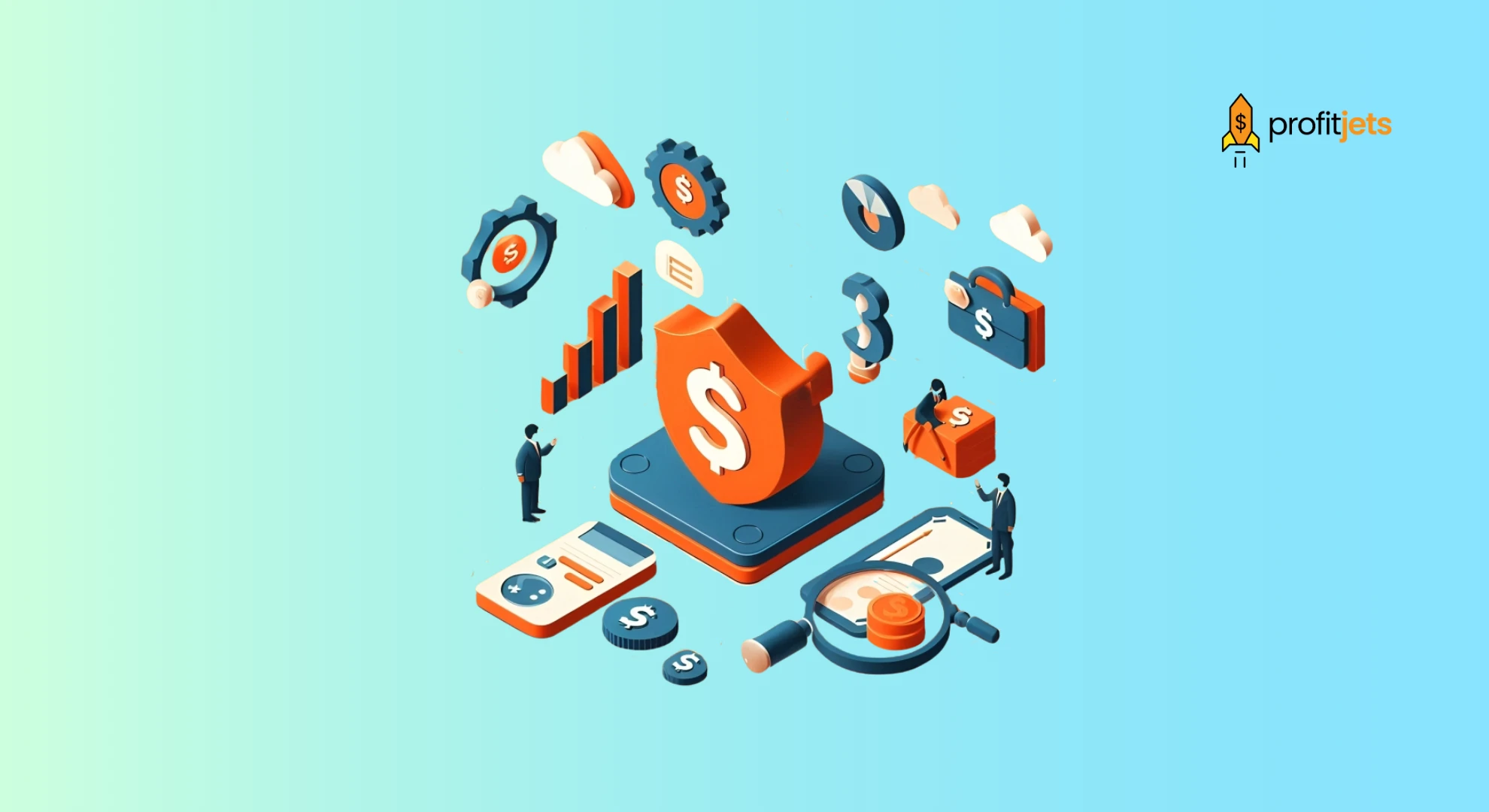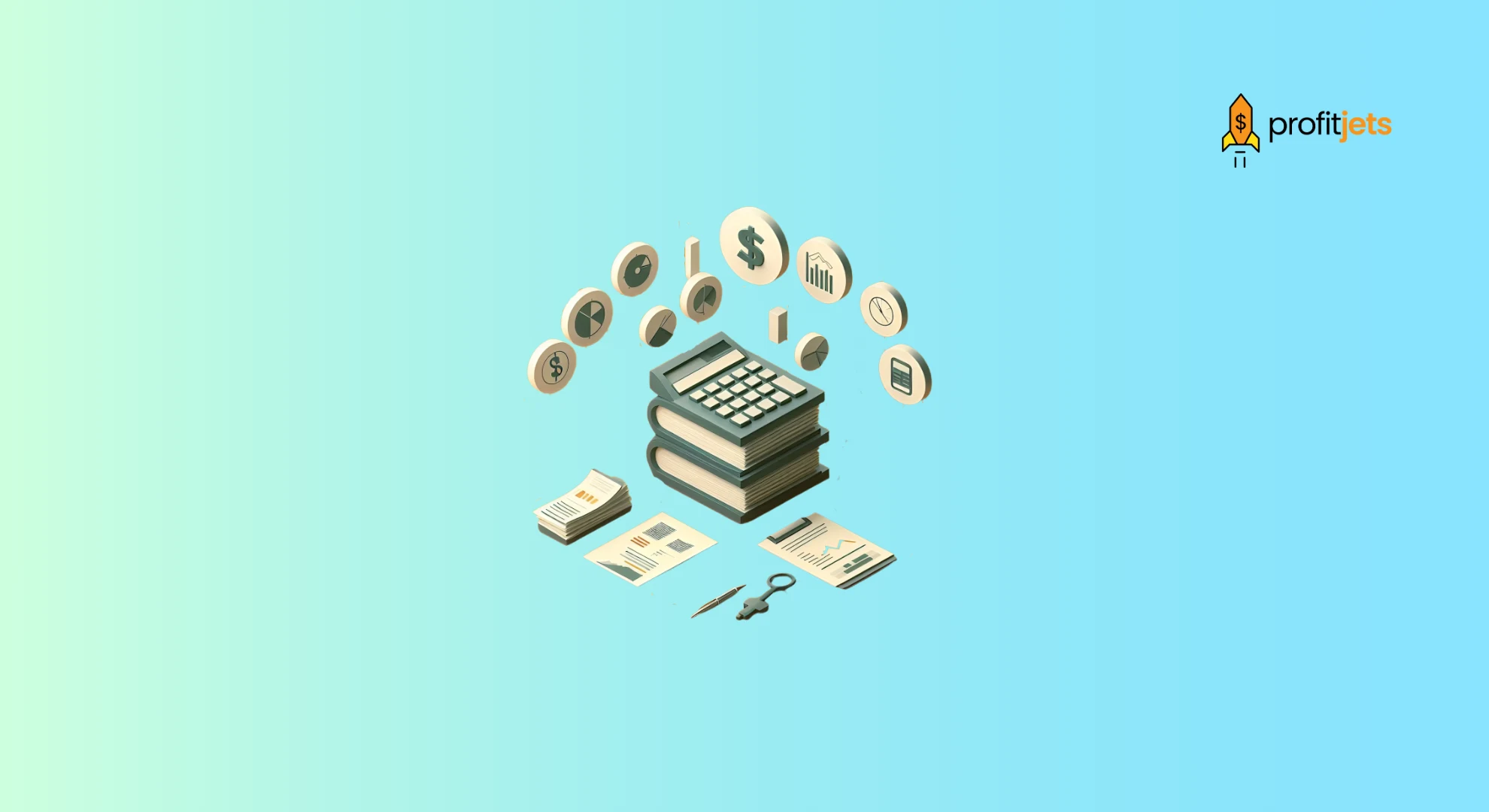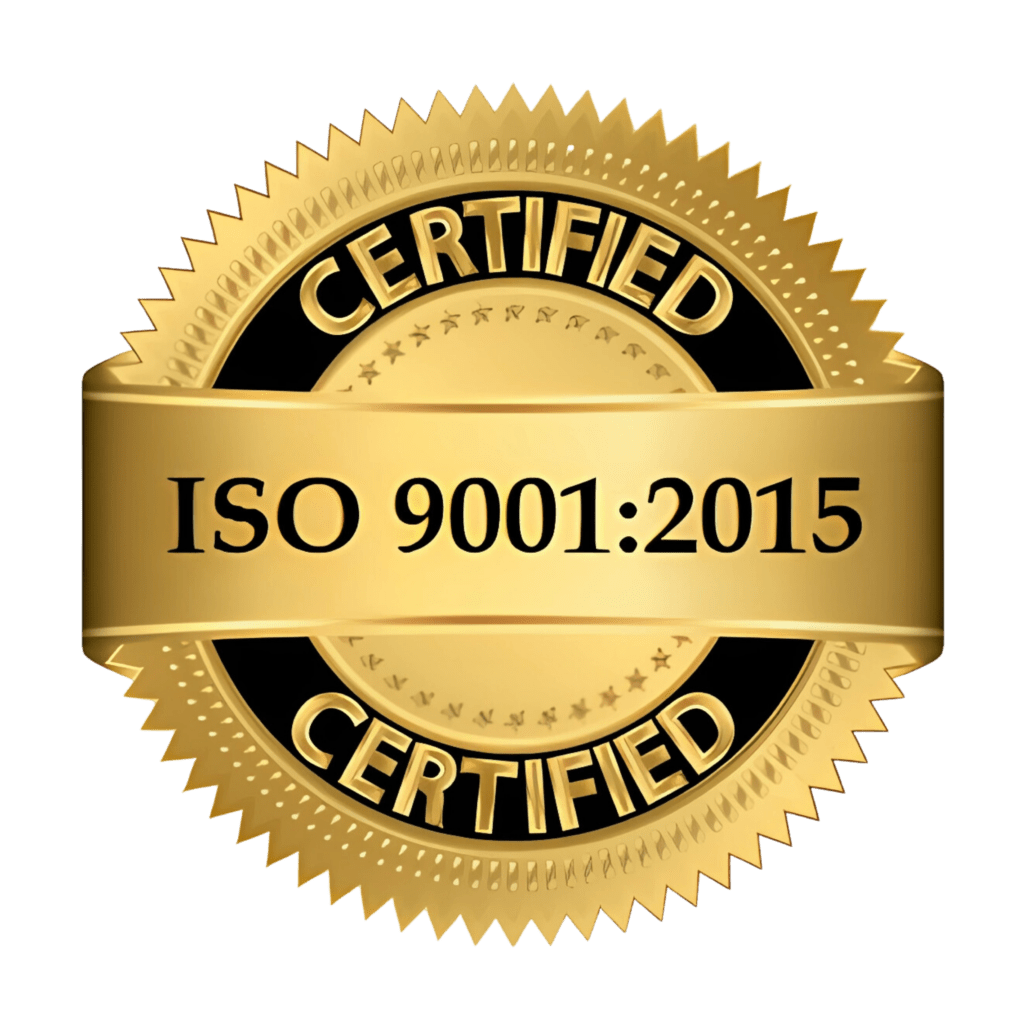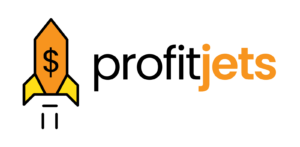When uncertainty hits—be it an economic downturn, a late-paying client, or an unexpected expense—your business’s first line of defense is its cash safety net.
But how much cash is enough? And how do you build and manage it effectively in 2025?
In this guide, we help you determine the ideal cash reserve for your business, offer strategies to maintain it, and show how partnering with a CFO service or outsourced accounting firm can protect your financial future.
Table of Contents
What Is a Business Safety Net?
A business safety net refers to the liquid cash reserves your company sets aside to:
- Cover unexpected expenses
- Manage slow revenue periods
- Protect payroll, vendor payments, and operations
Think of it as an emergency fund—but for your business.
Why You Need a Business Cash Reserve in 2025
With rising interest rates, fluctuating demand, and ongoing supply chain vulnerabilities, businesses can’t afford to be underprepared.
Reasons to maintain a robust cash cushion:
- Unforeseen tax bills or audits
- Delayed client payments
- Equipment repairs or system failures
- Sudden loss of a major contract
- Economic recessions or natural disasters

How Much Cash Does Your Business Really Need?
There’s no one-size-fits-all answer, but here are general benchmarks:
| Business Type | Recommended Safety Net |
| Freelancers | 3 months of expenses |
| Small Businesses | 3–6 months of expenses |
| Startups (VC-backed) | 6–12 months runway |
| E-commerce Businesses | 4–6 months inventory + operating costs |
Quick Formula:
Monthly Operating Costs x Reserve Months = Ideal Cash Safety Net
💡 Use outsourced bookkeeping services to calculate accurate monthly burn rates and expense patterns.
Factors to Consider
When determining your business’s safety net, consider:
- Fixed vs. variable costs: Higher fixed costs = bigger buffer.
- Industry volatility: Retail and services fluctuate more than SaaS or consulting.
- Sales cycle: If deals take 3–6 months to close, maintain longer runway.
- Growth stage: Scaling businesses may need more runway to seize opportunities.
How to Build and Maintain Your Cash Reserve
1. Set a Monthly Auto-Save Goal
Just like personal finance, set aside 5–10% of net profits toward your cash reserve each month.
2. Cut Unnecessary Subscriptions
Review all SaaS tools and vendor retainers. Streamline with the help of a bookkeeping service to identify hidden leaks.
3. Tighten Your AR & AP Cycles
- Automate invoice reminders
- Negotiate better vendor payment terms
- Use a CFO service to track real-time cash flow and optimize timing
4. Separate Emergency Funds
Keep your cash reserve in a separate high-yield business savings account to avoid accidental use.
Benefits of Having a Cash Safety Net
- Peace of Mind: Weather downturns without panic
- Stronger Creditworthiness: Lenders favor businesses with stable cash reserves
- Operational Stability: Pay employees and vendors on time—always
- Opportunity Readiness: Jump on new investments, hires, or inventory deals without seeking urgent funding
Role of Outsourced Accounting in Managing Cash Flow
A trusted outsourced accounting firm for startups can:
- Run monthly cash flow projections
- Track burn rate vs. runway
- Offer custom dashboards for liquidity analysis
- Strategize short-term financing or working capital needs
With access to CFO-level insights without the cost of a full-time hire, your safety net becomes a growth tool—not just a fallback.

Conclusion
In a world where change is the only constant, building a cash safety net isn’t just good financial hygiene—it’s business survival.
Whether you’re a freelancer juggling inconsistent payments or a fast-scaling startup, keeping 3–6 months of expenses in reserve could be the difference between thriving and shutting down.And you don’t have to go it alone. With bookkeeping, tax, and CFO services from experts like Profitjets, you gain the visibility and control needed to safeguard your business.
Frequently Asked Questions
1. Is it better to keep my business safety net in a savings account or invest it?
Keep it liquid in a business savings or money market account. Avoid risky or long-term investments for emergency funds.
2. How do I calculate my business’s monthly expenses?
Add up payroll, rent, tools, utilities, taxes, and recurring expenses. A bookkeeping service can help automate this monthly.
3. Should startups build a safety net even if they’ve raised funding?
Yes. Investor funding is not a substitute for operating reserves. Cash flow gaps still happen.
4. How often should I review my cash reserve?
Quarterly, at a minimum. Tie it to your financial review cycle or alongside tax planning updates.
5. Can I use my cash reserve for expansion or hiring?
Only if you maintain a backup reserve. Expansion should be budgeted separately unless it’s a strategic emergency investment.
